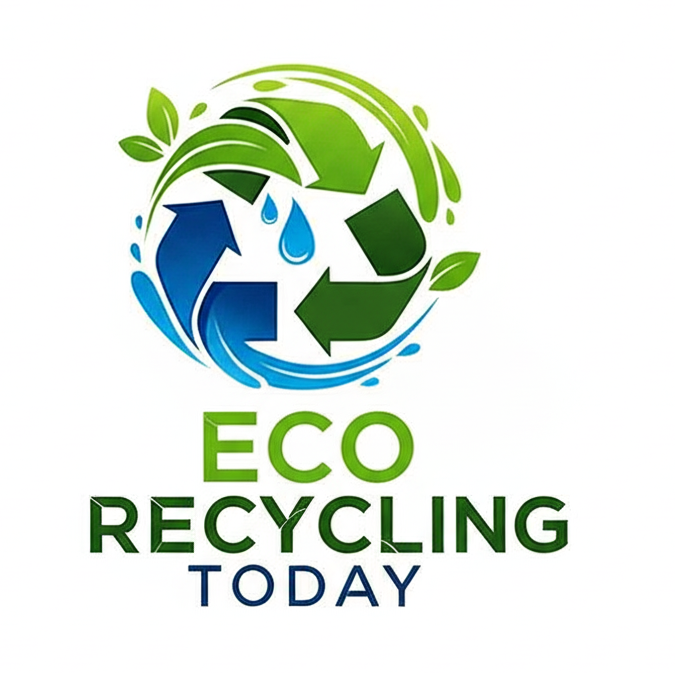As global manufacturing and urbanization continue to rise, metal waste—especially aluminum, copper, and steel—has become one of the world’s fastest-growing waste streams. For recycling companies, scrap yards, and industrial facilities, eco-friendly metal shredders are now essential tools in sustainable metal waste management. They not only reduce environmental impact, but also improve recycling efficiency, material purity, and profitability. We explore why modern metal shredders matter, how they support circular economy goals, and what to look for when choosing a shredding system.
Why Eco-Friendly Metal Shredders Matter
Traditional metal disposal methods—like landfilling, incineration, or manual dismantling—waste valuable resources and create unnecessary pollution. In contrast, green metal shredding technology supports:
- Higher recycling rates – Shredded metal is easier to sort, melt, and reuse
- Lower carbon emissions – Recycling metal uses far less energy than mining new ore
- Reduced landfill waste – Minimizes environmental burden
- Safer material processing – Automates labor-intensive dismantling
- Cleaner, purer output – Increases resale value and downstream efficiency
For example, recycling aluminum requires 95% less energy than producing virgin aluminum—making shredding a crucial first step in the recycling chain.
Applications: Aluminum, Copper & Steel
| Metal | Key Waste Sources | Why Shredding Helps |
|---|---|---|
| Aluminum | Cans, profiles, car parts, electronic casings | Lightweight pieces compress easily; shredding boosts melting efficiency |
| Copper | Wires, motors, cables, transformers | Shredding enables precise separation of copper from plastic and iron |
| Steel | Construction scrap, appliances, auto shells | Reduces bulky materials for easier transport and magnetic sorting |
Metal shredding is especially effective when combined with eddy current separators, magnetic separators, and granulators, creating a full closed-loop recycling system.
Eco-Friendly Features to Look for in Modern Metal Shredders
When selecting equipment, recycling operators should prioritize machines designed for sustainability and long-term operational efficiency. The best models offer:
- Low-energy motors or servo systems
- High torque at low speed for stable, low-noise shredding
- Dust and noise control systems to protect workers and the environment
- Wear-resistant alloy blades for longer machine lifespan
- Automated reverse / overload protection to avoid breakdowns
- Compatibility with downstream sorting systems (ECS + magnet + air separator)
By reducing energy consumption and emissions, these shredders directly support ESG goals, carbon-neutral initiatives, and circular economy standards.
Benefits for Waste Management & Recycling Businesses
| Advantage | Business Impact |
|---|---|
| Higher output efficiency | Faster processing of scrap metal |
| Lower operating cost | Reduced electricity and labor expenses |
| Improved material purity | Higher resale value of recycled metals |
| Regulatory compliance | Easily meet environmental standards |
| Better safety and automation | Minimize worker risk |
Whether your facility handles municipal scrap, industrial waste, or automotive recycling, upgrading to eco-friendly shredders strengthens sustainability and boosts profitability.
Eco-friendly metal shredders are no longer optional—they are a smart investment for modern recycling plants. By efficiently processing aluminum, copper, and steel, these machines reduce environmental impact, increase recycling revenue, and help build a cleaner, greener future.
FAQ
1. What materials can an eco-friendly metal shredder process?
Eco-friendly metal shredders can process aluminum, copper, and steel, as well as cables, appliances, auto shells, profiles, wires, and mixed metal scrap. After shredding, metals are easier to sort, melt, and recycle with higher purity.
2. How do metal shredders support sustainable waste management?
They reduce landfill waste, improve recycling efficiency, and lower carbon emissions by preparing metals for reuse. Recycling aluminum and steel requires significantly less energy than mining and refining new metal, making shredders a key tool in circular economy systems.
3. Are eco-friendly shredders energy efficient?
Yes. Modern shredders use low-energy motors, high-torque drive systems, and intelligent control to reduce electricity usage. They also minimize dust and noise emissions, making them efficient for long-term, sustainable operations.
4. What industries benefit most from metal shredders?
Scrap yards, MRFs, steel mills, aluminum recyclers, automotive dismantling plants, e-waste recyclers, and manufacturing facilities benefit the most. Shredders help these industries reduce processing costs, recover valuable metals, and comply with environmental regulations.
5. What features should I look for in a metal shredder?
Choose a shredder with high torque, low-speed technology, wear-resistant blades, dust-control systems, overload protection, and compatibility with downstream sorting equipment such as magnetic separators and eddy current separators.
